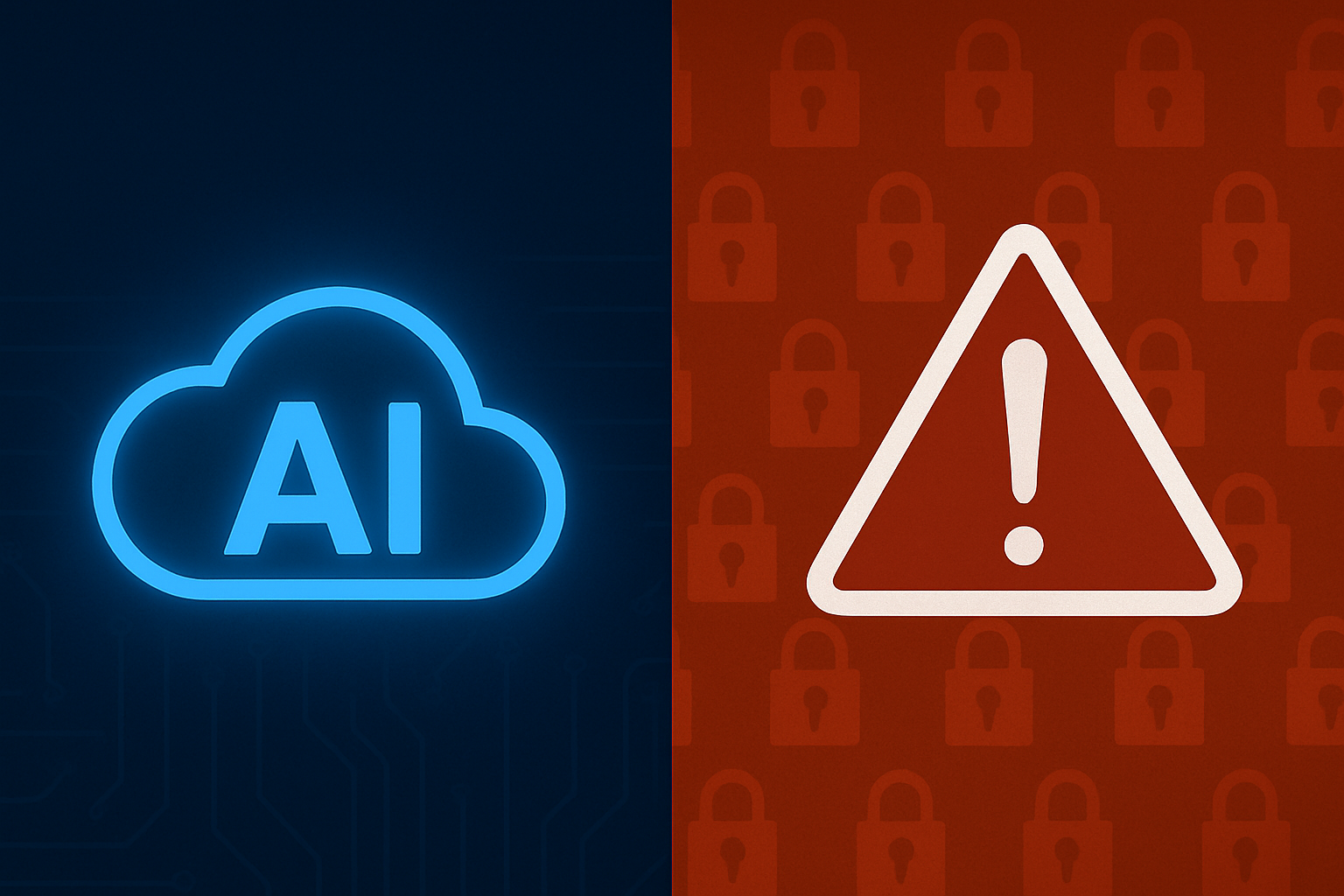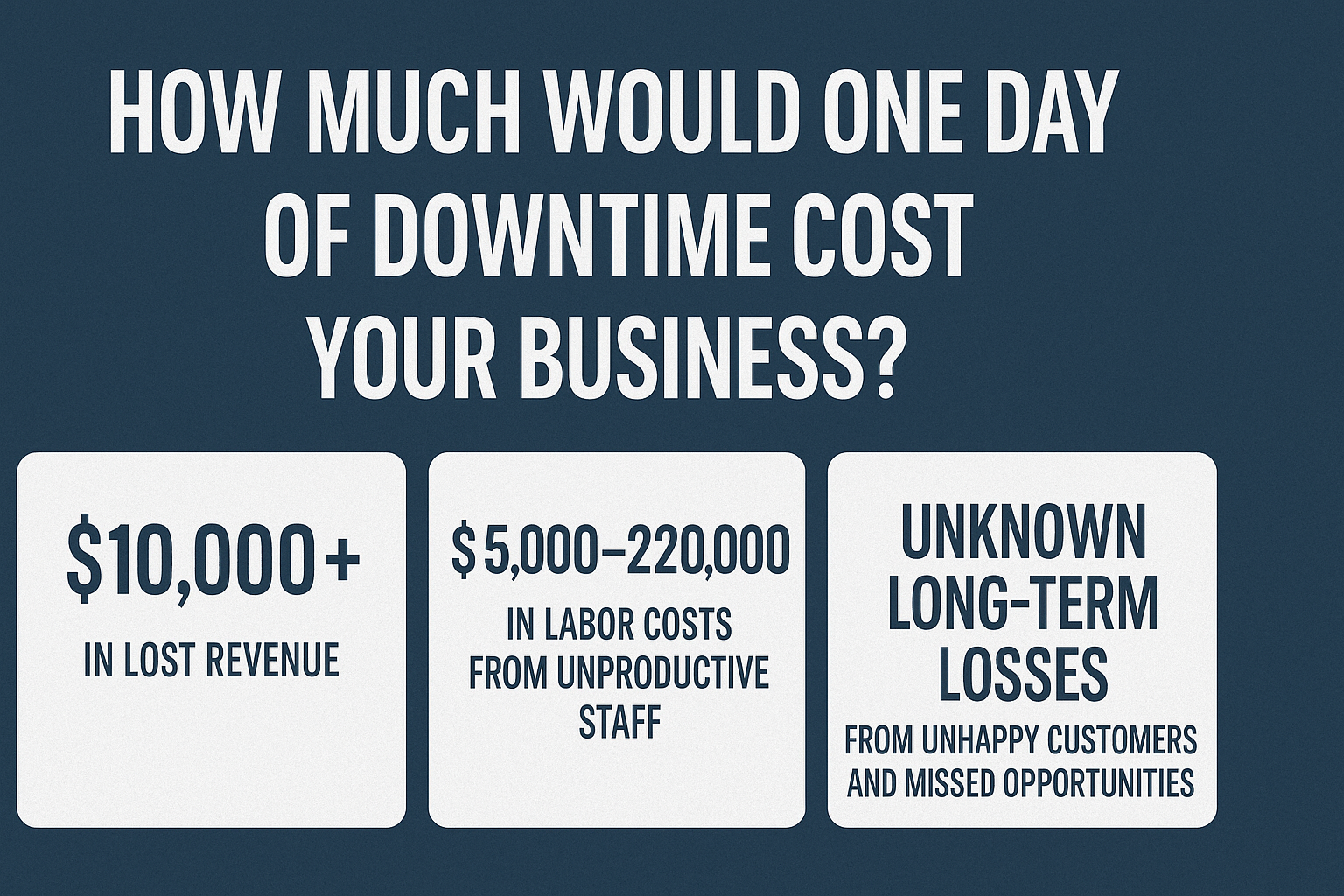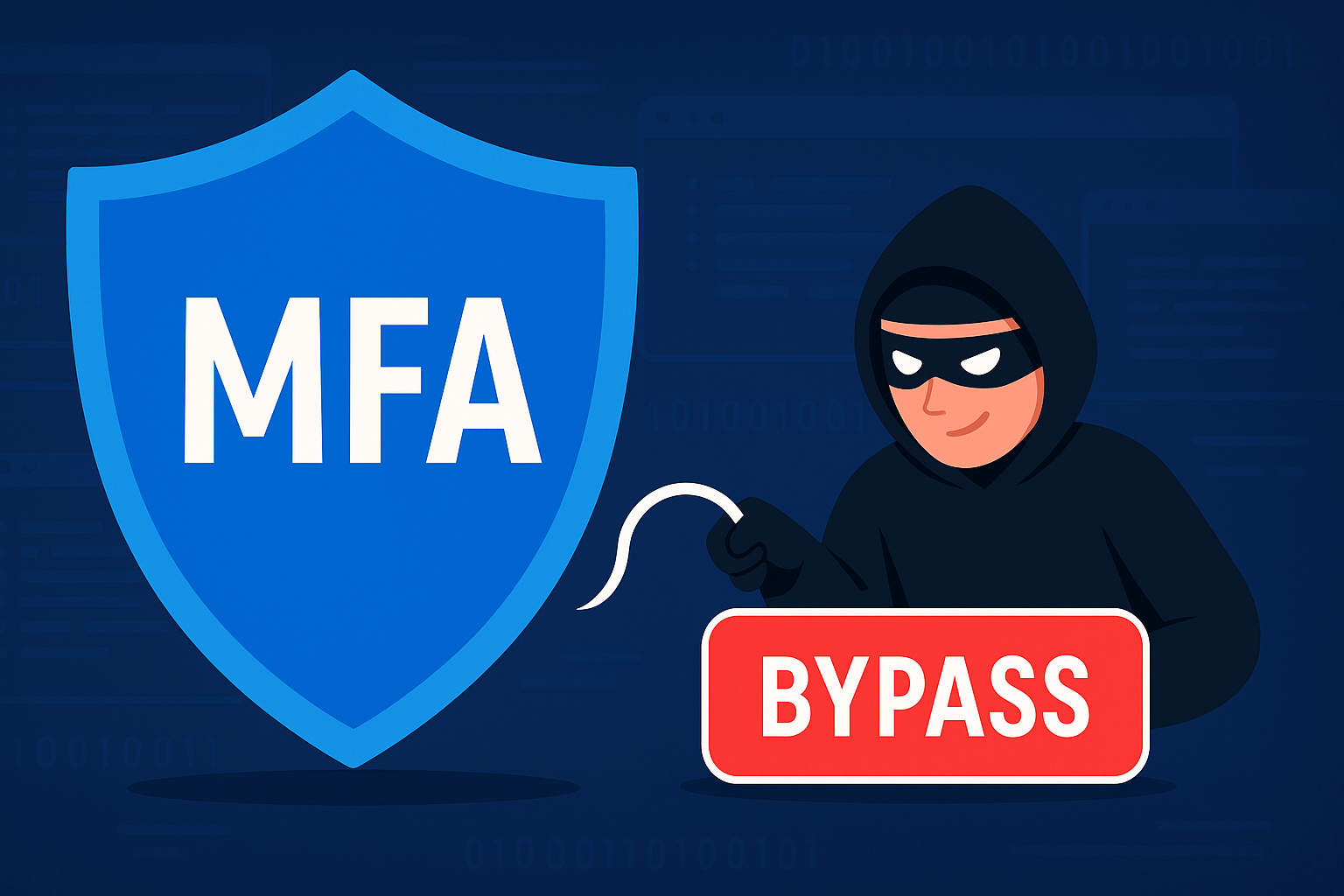Why Setting DMARC to Quarantine or Reject Actually Matters
If email security were a neighborhood, DMARC would be the guard dog that never sleeps. But here is the catch. A guard dog only works if you actually let it bite. Too many businesses set up DMARC but leave it in a comfy none or monitoring mode, which is the cybersecurity equivalent of putting your guard dog behind a glass window and hoping the criminals feel guilty.
Setting DMARC to quarantine or reject is where the magic happens. It is the moment your email security stops whispering politely and starts speaking with a voice of authority. When you enforce DMARC, you tell the world that only emails you approve can represent your domain. Everyone else gets tossed aside like spammy junk mail that never deserved your name on it in the first place.
Why does that matter so much? Because hackers love impersonation. If they can trick your customers into thinking a fake email came from you, they win. They steal information. They plant malware. They damage trust. They make your business look sloppy. Enforcing DMARC slams that door shut by giving you total control over what gets delivered, what gets flagged, and what gets stopped cold.
With quarantine, suspicious messages land safely out of view where your users cannot get tricked. With reject, impersonation attempts get obliterated before they ever reach an inbox. Both settings protect your reputation, your clients, and your peace of mind.
In short, DMARC enforcement is not just a technical checkbox. It is a business survival move. It keeps your name clean, your communication credible, and your customers safe. Set it to quarantine or reject, and your email domain becomes a fortress instead of an open invitation.
That is the kind of smart protection that keeps you one step ahead of the hackers. And in this game, one step is everything.






